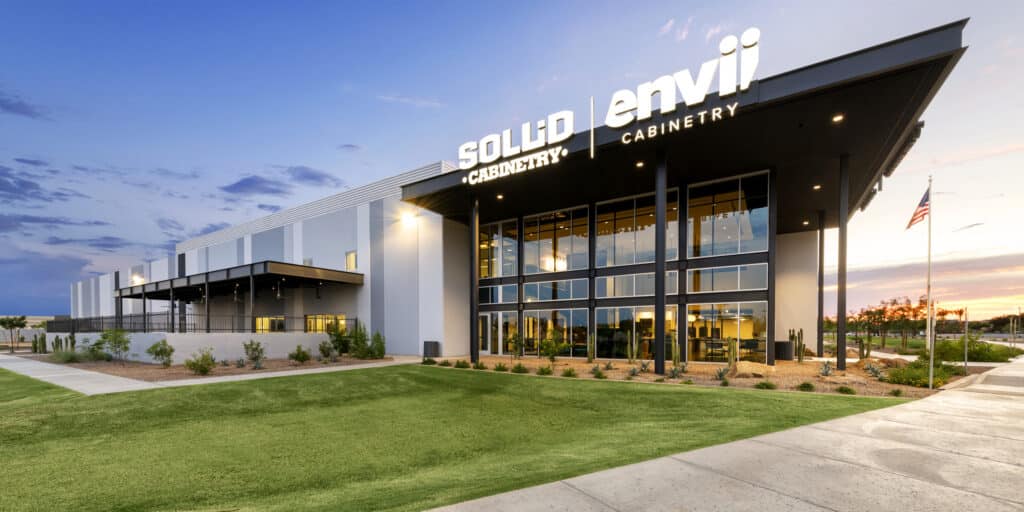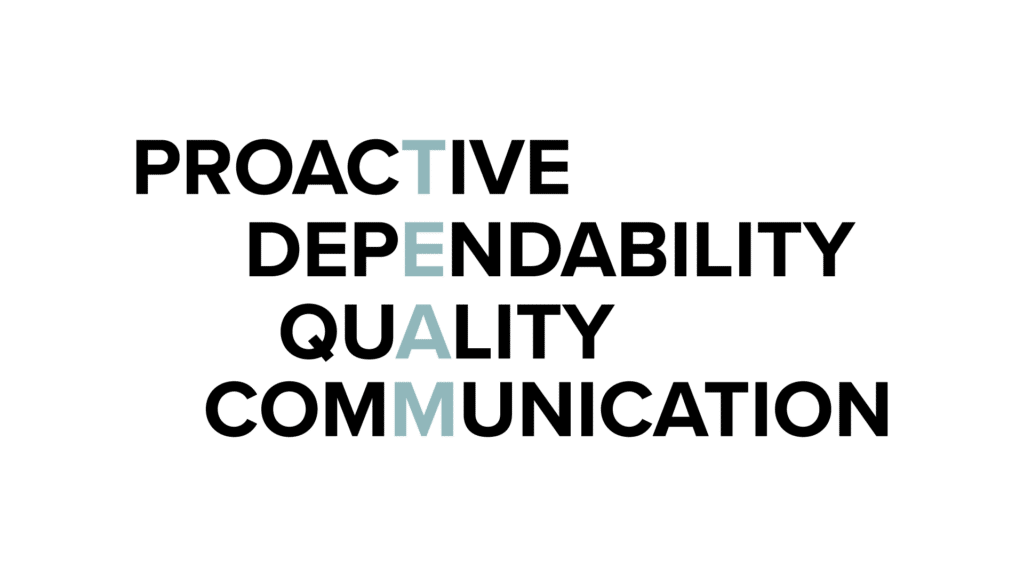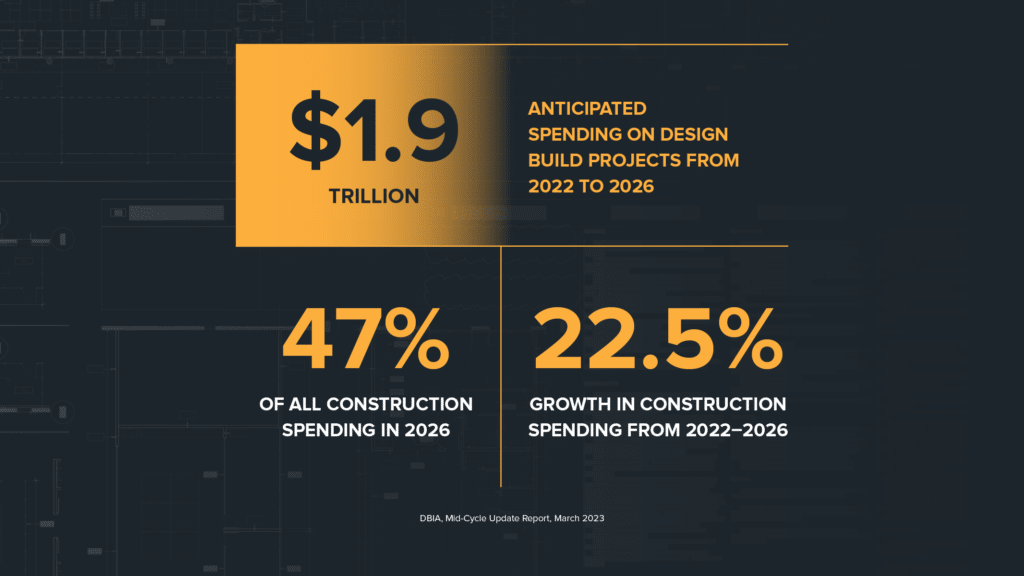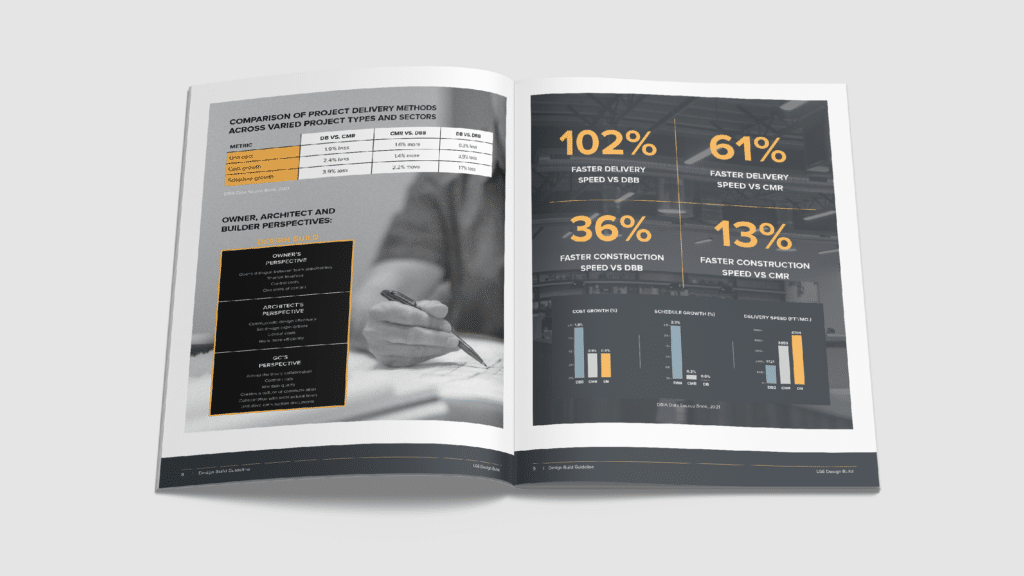
John Mocarski
Director of Business Development / Registered Architect
John brings confidence to clients by sharing architectural technical knowledge and leveraging his experience from over 100 construction and design projects. He maintains strong relationships with local jurisdictions and oversees projects from start to completion. As a licensed architect, he guides clients through LGE’s design-build process, collaborating closely with design, pre-construction, and construction teams. With eight years at LGE, John offers expertise and support in delivering effective and unique design solutions.
Tell us about the architect side of your career?
My career in architecture spans more than three decades and includes a very diverse project background, holding various roles.
I took the traditional path after graduating, starting out as a drafter for a small architectural firm here in Arizona. I progressed to Job Captain, Project Architect, Project Manager, Project Director, and eventually to a Platform Lead, leading the architectural division for a large A/E firm. My project experience includes Commercial, Retail, Mixed-Use Developments, Industrial Warehouses, Health Clubs, Civic/Government Complexes, Education, Healthcare, Manufacturing/Industrial, Clean Rooms, Semiconductor Facilities, Religious Facilities, Recreation/Hospitality, Restaurants, Multi-Family, and Single-Family Residential Retail… to name a few. I have been with LGE for over eight years now. I started with LGE Design Build Architectural Division, basically from its inception. When joining LGE, I saw the Architectural Division as a new opportunity to help build an LGE Architectural presence here in the valley. Throughout my tenure, I helped develop the LGEDG processes throughout the design and construction administration process.

How does your background in architecture help you guide clients through LGE’s process?
Two years ago, I entered my new phase/role with LGE as the Director of Business Development.
In this role, I bring a sense of comfort to our clients by sharing my architectural technical knowledge along with my experience of working on well over 100 LGE projects. My experience and relationships with local jurisdictions, taking projects from start to completion, are also added bonuses. My background as a licensed architect helps to serve and guide our clients through LGE’s unique and highly effective design-build process. This is accomplished by working closely with our design, pre-construction, and construction teams, of which I have been a part for the past eight years here at LGE.
In your opinion, how is design-build done right?
The design-build process is done right by having the entire team on board early. It allows the owner, design team, and construction team to work as one. Early collaboration is the key. Daily interaction with the entire team allows for shortened/efficient project timelines, cost control, and a high level of quality.
How does design-build meet the expectations of all the project stakeholders?
The design-build process allows us to seamlessly integrate design and construction. There is one point of contact to serve as a guide through every step of the process for all involved, from entitlements to design development, pre-construction, and construction. The Design-Build process enables us to continuously value engineer the project and mitigate long lead items, always looking out for the best interest of the client.
Tell us about your involvement in LGE’s company culture?
Culture is very important at LGE! We have been voted “Best Culture” by Ranking AZ for three years running, something we are very proud of. LGE is unique in that we have a Values Committee (VC) that focuses on creating an awesome culture. In 2018, I joined the VC to be a part of the evolving LGE Culture.

We have 10 members on the VC, with six located here in Phoenix and four in our Dallas Office. We are responsible for maintaining and promoting our culture, along with our four values: Proactive, Communication, Dependability, and Quality.
The VC helps coordinate and initiate events and activities to maintain positive attitudes and make every day a great experience for our employees and clients.
What do you enjoy doing outside of work?
Outside of work, even though they are now adults, I still love spending time with my kids, Lexie and JT. I am always trying to find fun things to do around the Valley.
Additionally, I enjoy golfing, skiing, playing softball, and watching baseball.

